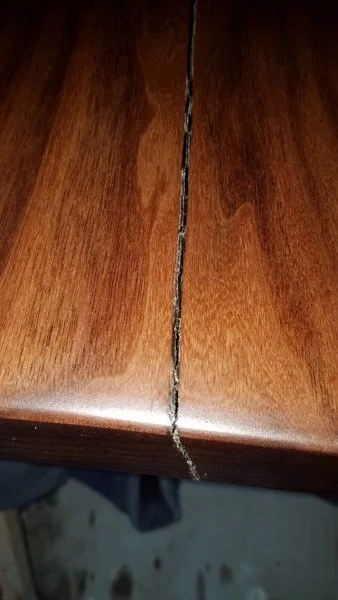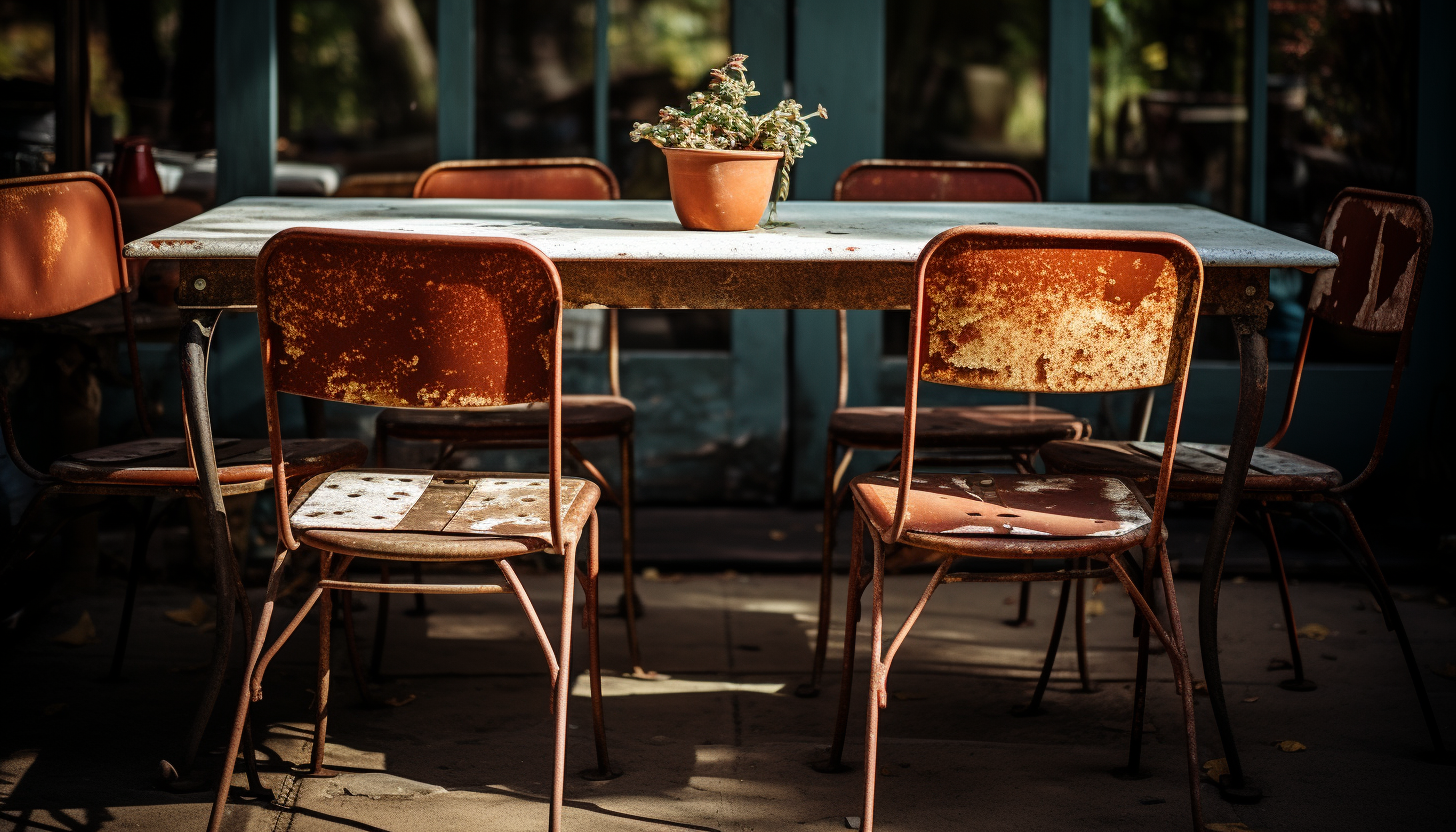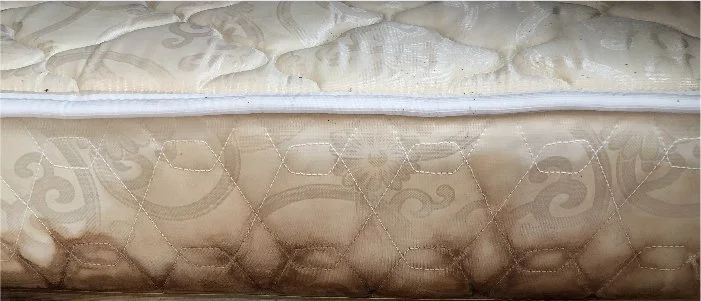How to Protect Furniture from Humidity in Mexico
After the humid summer months, furniture in Mexico can really take a beating — from swollen wood and rusted hinges to musty fabrics. The air here, especially along the coast, can feel thick enough to drink. Moisture from the ocean, condensation at higher altitudes, and seasonal downpours combine to create an environment that’s beautiful, but hard on materials.
From June through September, humidity levels often rise above 60%, which can start to affect furniture, finishes, and even appliances. But with a bit of maintenance and care, you can protect your investment and keep your home feeling dry, comfortable, and fresh all year long.
General Tips
No matter the material, airflow is key. Keep windows cracked whenever possible, use ceiling fans to circulate air, and open closets and cabinets every few days to prevent musty buildup. If you leave your home closed for long periods during low season, consider using dehumidifiers or silica gel packs in smaller spaces to control moisture.
Wood
Wood is alive and constantly adapting to its surroundings. Even after it’s been cut and processed, it continues to absorb and release moisture from the air. When humidity rises, wood expands; when the air dries, it contracts. Over time, this movement can cause warping, cracking, and joint loosening.
How to Protect It
Buy quality wood — Look for pieces made from properly dried and treated lumber. Parota, Rosa Morada, and Tzalam are popular hardwoods in Mexico and hold up well when sealed correctly.
Maintain a stable environment — Try to keep indoor humidity consistent using a dehumidifier or the “Dry” mode on your A/C.
Regular maintenance — Reapply finishes or sealants every year, especially on outdoor furniture, to protect against moisture.
Smart placement — Avoid setting wood furniture near bathrooms, kitchens, or directly under windows where condensation and sun can cause expansion and fading.
Metal
Metal furniture can be beautiful and durable, especially outdoors, but it’s highly reactive to humidity and salt in the air. Iron and steel can corrode quickly near the ocean unless properly protected.
How to Protect It:
Choose corrosion-resistant materials — Stainless steel, aluminum, brass, and bronze all handle humidity better than untreated iron. Galvanized metal (steel coated with zinc) also provides long-lasting protection.
Rinse and recoat — If you live near the coast, rinse outdoor metal furniture occasionally with fresh water to remove salt buildup, then reapply a protective coating like Rustoleum or another sealant.
Keep it covered — Store metal pieces in covered patios or indoors when possible, especially during the rainy season.
Leather
Leather is durable and timeless, but like skin (literally), it needs balance. In humidity, leather absorbs moisture and can develop mold or mildew; in dry conditions, it can lose its natural oils and crack.
How to Protect It:
Wipe regularly — Use a damp cloth to remove dirt and oils. A mix of mild soap, vinegar, and water can clean and disinfect without drying it out.
Condition it — Apply a leather conditioner every few months. Natural options like beeswax or lemon essential oil can keep it supple.
Indirect light — Keep leather away from direct sunlight to prevent fading and stiffness.
Fabric
Most fabrics — cotton, linen, polyester — absorb moisture and can develop a musty smell or mildew if not cared for. During low season or in closed-up homes, this is especially common.
How to Protect It:
Wash and dry completely — Launder removable cushion covers or slipcovers and make sure they’re fully dry before putting them back.
Store during low season — If you leave for several months, store fabric cushions or textiles in airtight bins with silica gel packets.
Choose performance fabrics — For new purchases, consider moisture-wicking or performance-grade materials that are UV-resistant, stain-resistant, and quick-drying — ideal for Mexico’s coastal humidity.
Mattresses, Cushions, Pillows and Rugs
Foam and fabric materials naturally absorb moisture, making them prone to mold, dust mites, and that heavy, damp feeling after a long rainy season.
How to Protect Them:
Use protective covers — Waterproof or moisture-resistant covers create a barrier against damp air.
Air them out — On sunny days, take cushions or mattresses outside to dry naturally. Sunlight helps kill mold spores and freshens materials.
Control humidity indoors — Keep indoor humidity around 30–50% using a dehumidifier or your A/C’s “Dry” function.
Vacuum and rotate — Regularly vacuum mattresses and cushions to reduce dust mites, and rotate them to prevent uneven moisture buildup.
Opt for breathable bedding — Bamboo and linen sheets resist mildew and dry faster than synthetics, keeping your bed fresh longer.
Humidity in Mexico isn’t something you can avoid, but with a few smart habits, you can keep it from damaging your furniture or making your home feel stuffy. Proper maintenance, protective finishes, and breathable materials all help extend the life of your pieces while keeping your space comfortable year-round.
If you’d like guidance on choosing materials or furniture that will last in Mexico’s climate, I’m always happy to help.




